2008 Lexus LS600hL Review – Take Two
I disagree with every review of the Lexus LS600hL ever written. Categorically. To a man, my colleagues misinterpret the most expensive Lexus as a misguided planet-saver that doesn't deliver enough mpg to justify its sky-high price tag. I view the ultimate hybrid as better driving through science. In fact, despite the dorky "hybrid" badges uglifying the LS600hL's flanks, Lexus didn't build this beast to sip fuel. They built it to go toe-to-toe with 12-cylinder Germans.
The LS600hL is no design statement, like the 760Li. It doesn't announce, "I have a huge wallet" like a Mercedes S600. The LS design is much more Audi A8 W12, only without the goatee. The restrained yet handsome lines strike the same chord as VW's Phaeton. Only this time they're brand correct.
The LS600hL is a handsome package. At a distance, the big four-door appears clean and reserved. It's only when you pull up next to (and dwarf) anything else on the road that the long-wheelbase Japanese pseudo limo makes aesthetic sense. In a word: presence. In two: killer headlights.
Inside the LS600hL offers a hilarious split between grasping at straws luxury and techno overkill. You've never seen so many buttons. Lexus engineers loaded a shotgun with 'em and blasted away. The last LS I drove-complete with the mid-level rear-seat overkill option-boasted 166 buttons. This time out, the car was down to about 130 pieces of Camry-quality plastic to press. Still, you'll go crazy. And you'll never even notice the gaudily lacquered wood or hand stitched yet still not that rich leather because your attention will 100 percent focused on the AFS button. Whatever that is.
Y
ou want the truth about this car's mileage? Can you handle the truth? But before we discuss how much gas it sucks, I need to tell you about yet another button…
A toggle switch below the gear lever controls the LS600hL's throttle response. In the "Hybrid" setting, the first 10 percent-ish of peddle travel only engages the car's electric motor. "Snow" ups that to an almost undrivable level. Seeing as how this was my second fling with the LS600hL, I knew to stick it in "Sport" (about 3 percent pedal motion) before I pushed the start button. And that was that.
"That" means about 10 mpg around town. Terrible, yes. In both my and the car's defense, the massive, battering-ram acceleration from the 5.0-liter V8 plus the 221 hp electric motor is so addictive that I was forced to bury the pedal every chance I got. But here's the thing — after 300 miles the computer let me know that I had averaged 24.8 mpg. Say what?
As you may have guessed, there's a bit of ideal circumstances involved. The first piece of the puzzle is a lot of open road. The next is the radar cruise control, which does perform impressively (slowing the car down to a stop and setting off again in traffic). Forget the radar part. Just set the cruise to 80 mph and watch in sheer amazement as the tachometer registers a paltry 1,100 rpm and the computer claims 40 mpg.
Now for the part you can't handle… Setting the cruise control at 110 mph returns 25 mpg as the engine just crests 2,000 rpm.
I briefly mentioned the rocket sled-esque forward thrust but it merits repeating. Holy runaway train, Batman! This 5,219 monster flies like a Bentley. Rumor has it that Lexus can't quite figure out how much torque the car produces. They claim "just" 385 ft-lb of the stuff. However, the IS-F kicks out 371 ft-lb and it's the same (gas) engine. And the electric motor offers up 100 percent of what it's got at any rpm. Based on the seat of my pants, I say they're severely underrating the twist.
In his review, Mr. Montgomery described the following as bad manners; when you lift your foot off the gas, the electric mill provides an extra dollop of shove. I find it reassuring. And fun. You think that sounds dangerous? Perhaps, but Lexus did see fit to (uh) fit the LS600hL with some of the most serious stoppers in the luxo-barge biz.
The world's biggest hybrid weighs more than Oprah in her heavier years, but stretches over 17 feet. Which means the handling is about what you'd imagine. To be fair, the world's most expensive hybrid handles commendably. But you'd never know, as gauze-wrapped steering and active anti-roll bars dial out all sensation. Good or otherwise. Of course, you can't hear either engine, the CVT (literally — no whine), the wind, rocket attacks or anything.
So, should you buy one? Yes, absolutely. Look, it ain't going to save the earth or your checking account. But the LS600hL does get appreciably better mileage than the competition. And goes like a jet plane with a silencer.
Latest Car Reviews
Read moreLatest Product Reviews
Read moreRecent Comments
- Hi There I dig the boxy retro looks, I don't care if it looks like a Rivian which looks like an old Scout. I'm skeptical about the price, as others have mentioned, my guess is when this ships, in 2027, it'll be $90k. I do like the range extender generator on board. Until we get better battery technology, it's either that or a plug-in hybrid for me. Full EV is fine in an urban environment with access to lots of chargers. Though, the irony there is, once everyone has an EV, finding an open charger will be impossible. So many negatives in the EV future.
- ToolGuy I know some 5 year olds looking for work.
- Jalop1991 Ah. Update: Scout employee has confirmed that the width of the Scout EV Concepts is 79.9 inches without mirrors (and confirmed that it's 91.1" with mirrors). So their marketing department wasn't ready for this launch at all. I seriously doubt this will launch in 2027, or that any of their products will be less than $90K, or that any of them will be available with some sort of combustion engine of any kind.
- Lillian With the Global acceptance and mass increase in active users of Digital currency, comes its many challenges with the most worrisome probably being stolen funds and even emptying your balance to 0.00 USD and this exactly was my experience four days ago after my balance of $110,000 was cleared. Glad I had known about Space Spy Recovery through a close friend whom they helped earlier and once I contacted them, they deployed their high tech expertise and recovered my money back. Contact them for all Crypto solutions: addresses: soacespy@hackermail.com. Telegram: @spacespy65; Skype: live: cid.2b75b0cf1ce9bf69; WhatsApp: +1 (657) 543-6038;
- Kwik_Shift_Pro4X I 🤣😆😂 at the price



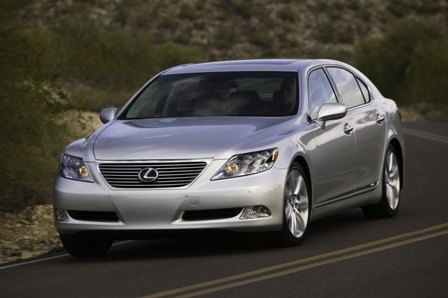



















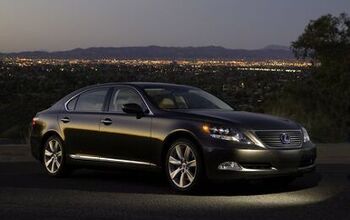
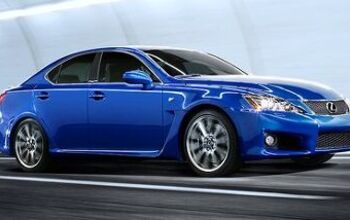
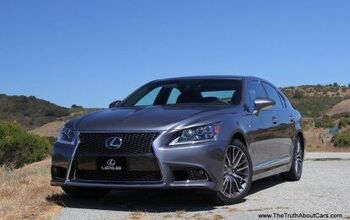
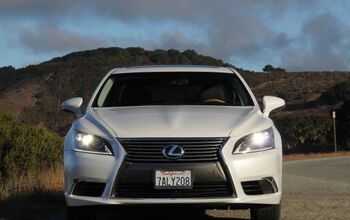





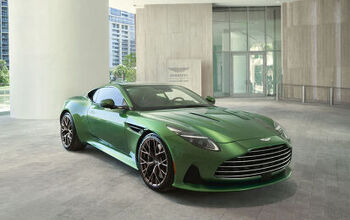





Comments
Join the conversation
I have to point out that it is precisely weight that is needed in a luxo-barge. Eliminating weight and increasing stiffness in the frame will lead to a much harsher ride. Sports car enthusiasts will appreciate it, but the kind of people who will be driven around in this thing will be decidedly put off. In order to achieve the cloud-like ride and near-silent cabin, the engineers have to add mass all over the place, mass to resist impulse from the suspension and mass to absorb sounds. Sure, you could beat the performance this car has with a much lighter and more efficient design, but the only reason a car like this has any performance in the first place is a combination of bragging rights and the ability to 'get out of trouble' in the hands of what is probably a professional driver, so handling is not all that important so long as the car can be driven hard in a pinch.
i bought one for 5k now :D